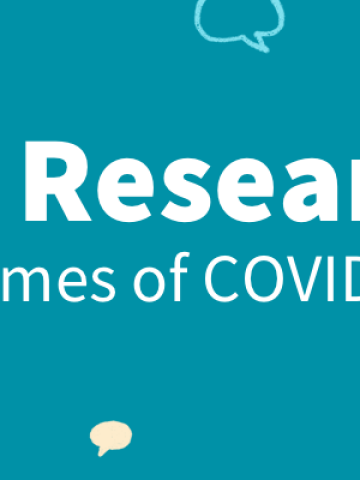
Interview with Sarah Rink on Best Practices for Remote UX Research
November 14, 2021
Faced with the coronavirus crisis, many UX teams now find themselves shifting from using an on-site methodology to working with users remotely. This pivot to remote work comes with its particular learning curve and can undoubtedly be a challenge for some. But fortunately, to help the entire UX community tackle this new reality, our UX Research Team at Sngular Spain has drawn on all of its experience and know-how to create the Remote UX Research Guide.
We spoke with Sarah Rink, Sngular's Director of Research and the principal author of the guide, to learn more about this timely project.
How would you describe the value proposition of the Remote UX Research Guide?
We've switched from a normal working situation to one based on remote work exceptionally quickly. Suddenly much of the world is forced to conduct research remotely, and it has caught a lot of teams off guard. For many, conducting remote field research isn't entirely new. But for others, this is the first time that they've been in this situation, and it can be hard to adapt at the beginning.
At the Design Team, we've been conducting remote research for years, and we thought it would be a good idea to share some of the lessons we've learned. We hope it will help both our clients and the broader UX community.
Who will this guide be especially useful for?
This guide will be handy to any research team that is unprepared or lacking experience in fully remote research. The manual has a lot of practical tips about planning, recruiting participants, and carrying out remote sessions.
Now is the ideal time to showcase the fact that Sngular has been working remotely for a long time. In less than one week, we moved 100% of our teams to remote work, and it's had minimal effect on the work we do. That was only possible because we already had our infrastructure and culture prepared for it. UX Research is one more facet of this reality, and we believe we can bring tons of value to our clients, who, now more than ever, need to have a deep understanding of the reality of the people for whom they design products and services.
How do you envision the development of this project in the future?
Although it is in PDF format, the guide is open and under a Creative Commons license. We hope that the global community of researchers will make contributions to help enhance the guide. At the same time, these contributions could generate an interesting conversation about the challenges of doing remote research.
Even after the coronavirus crisis, when we return to "normality," we believe that remote research has a lot of advantages that have only just been catalyzed by this situation. We think that both researchers and businesses will benefit if we know how to take advantage of these benefits and learn from this experience.
Who else was involved in creating this project?
Marta Solís Rastroll created the guide's illustrations, and Álvaro Sánchez Talaván took care of the design and layout. I wrote the content, and Juan Carlos Nogales and Enric Badenes helped with corrections. We originally published the document in Spanish and are now releasing it in English to reach a wider audience.
What was your favorite part of this work?
It's been nice to do my part and show perhaps a silver lining in this rather grim situation. Working in a remote environment isn't easy, and if we can help our client's teams or anyone else, then I feel like we're contributing what we can. Maybe it's small when compared to the huge challenges that we all face today, but for me, at least, it has helped me get over some of those hurdles with a certain degree of normality.
You can download the remote UX Research guide here.